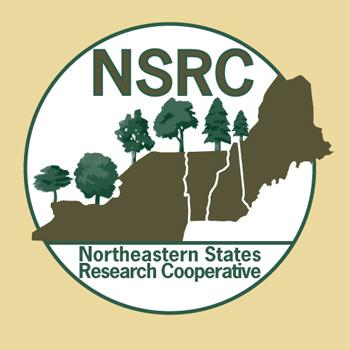Eastern White Pine Health Monitoring Through Remote Sensing Assessment of Foliar Traits

Eastern white pine, an economically and ecologically important tree species in Northeastern forests, has been impacted by shifts in habitat and disturbances over the past two centuries and has become prone to several pests, pathogens, and dieback. In recent years, white pine needle damage has been a significant threat and is expected to become more severe. Remote sensing tools using aerial and satellite imagery assist field and aerial monitoring efforts by providing observations across large regions over time. Recent findings show that severe needle damage is successfully detected using fine-resolution satellite imagery, but detection of light and moderate defoliation faces challenges.
Leaf traits including nitrogen, chlorophyll, leaf mass per area, and leaf area index are essential indicators of the health of vegetation communities. NSRC researchers will characterize white pine foliar traits by using models at leaf scale from remote sensing data. They will estimate key trait indicators for white pine susceptibility to needle damage and upscale and map damage using satellite imagery. They will produce a foliar traits databank and thresholds for discriminating infested and healthy white pines, a remote sensing-based workflow for mapping needle damage susceptibility using leaf traits as a proxy, and damage maps generated from satellite imagery.
In addition to characterizing biochemical and biophysical traits of healthy and infected white pines in the Northeast, this project complements aerial detection survey and traditional remote sensing change detection techniques, benefiting stakeholders. The Maine Forest Service and USDA Forest Service can use the tools as part of short- and long-term efforts to monitor and mitigate negative impacts of the damage.
